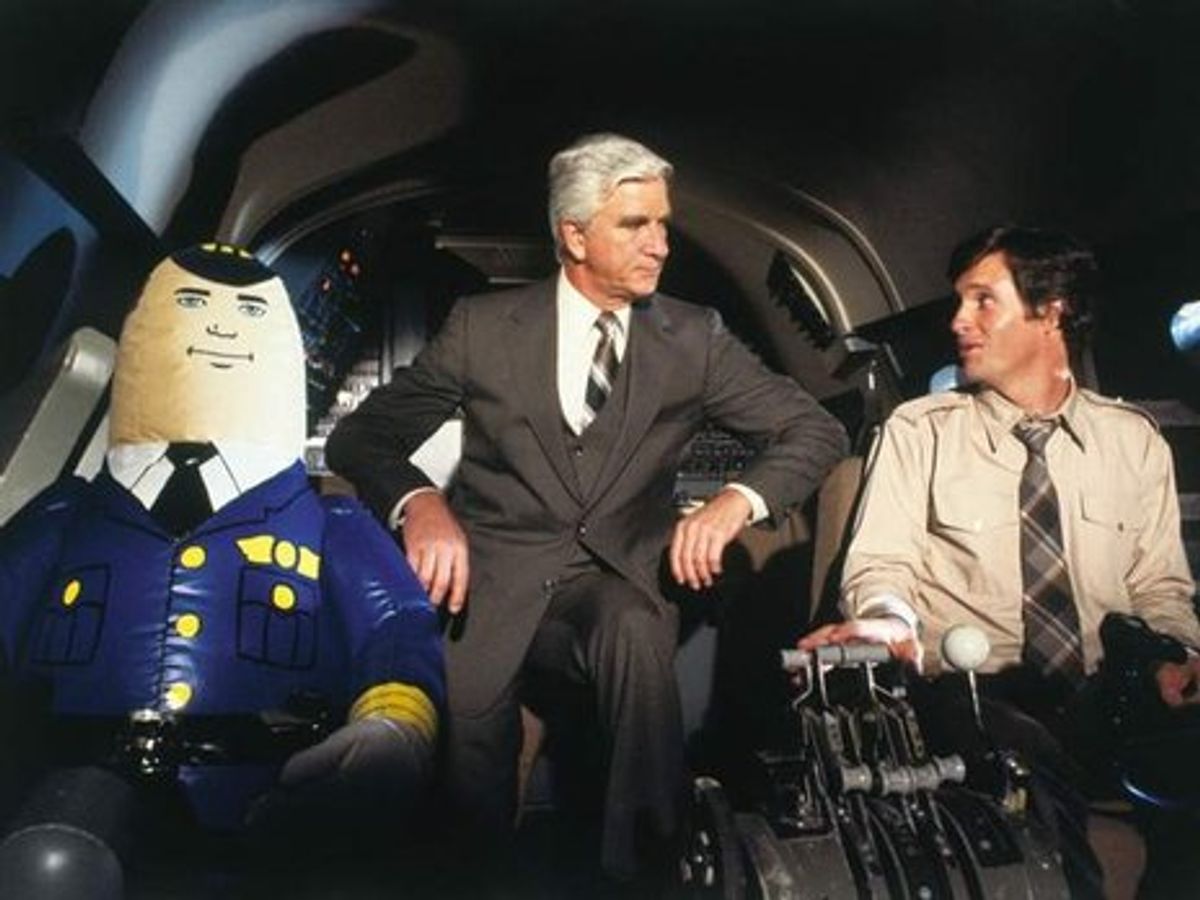Honeywell is experimenting with an autopilot not to fly the plane but to taxi it, the Wall Street Journal reports. It’s harder than it may seem because the biggest problem—sensing and avoiding objects—is particularly thorny in crowded airports.
The system should one day enable controllers to maneuver a plane on the tarmac through direct, computer-to-computer links, without the messiness of oral back-and-forth with a pilot. Such an autopilot would then close the circle of flight automation from takeoff to parking. Maybe someday robots will even put your luggage in the trunk of your car.
The U.S. Navy has long had an interest in such technology because its carrier decks must integrate up to 60 manned and unmanned aircraft sitting or taxiing on just 4.5 acres of metal. That requires not only sense-and-avoid capability but also a routing algorithm, much like the one you’d need to order numbered squares in a game board that offered just one blank space for wiggle room. MIT has worked up such an algorithm for the Navy and confirmed it with a computer simulation. The plan is one day to outfit a carrier with the necessary sensors and give the program a full-dress rehearsal.
It’s interesting to consider which parts of human expertise are easiest to automate. For flying and for car-driving, it’s the middle part—witness cruise control. Next easiest, for cars, is parking—today’s best systems will even parallel park. But in other fields, automation often starts by gnawing at the ends of a process, and only later chomps its way toward the middle.
In chess programming, for instance, the machine first mastered the opening, then the endgame, and finally the middlegame. Reason: the opening can be played from a stored “book” of moves, and the endgame can be worked out exactly, just as you’d work out a game of tic-tac-toe. Only the middlegame requires the computer to “think.”
The same seems to apply to lawyering. The preparation for a lawsuit—discovery, which consists of searching many documents—is falling to automation now. The prediction of how a lawsuit will go—necessary to decide whether to bring the case in the first place—is also on the verge of falling. The middle part—the actual arguing of the case—has so far remained firmly in the hands of human beings.
Philip E. Ross is a senior editor at IEEE Spectrum. His interests include transportation, energy storage, AI, and the economic aspects of technology. He has a master's degree in international affairs from Columbia University and another, in journalism, from the University of Michigan.



